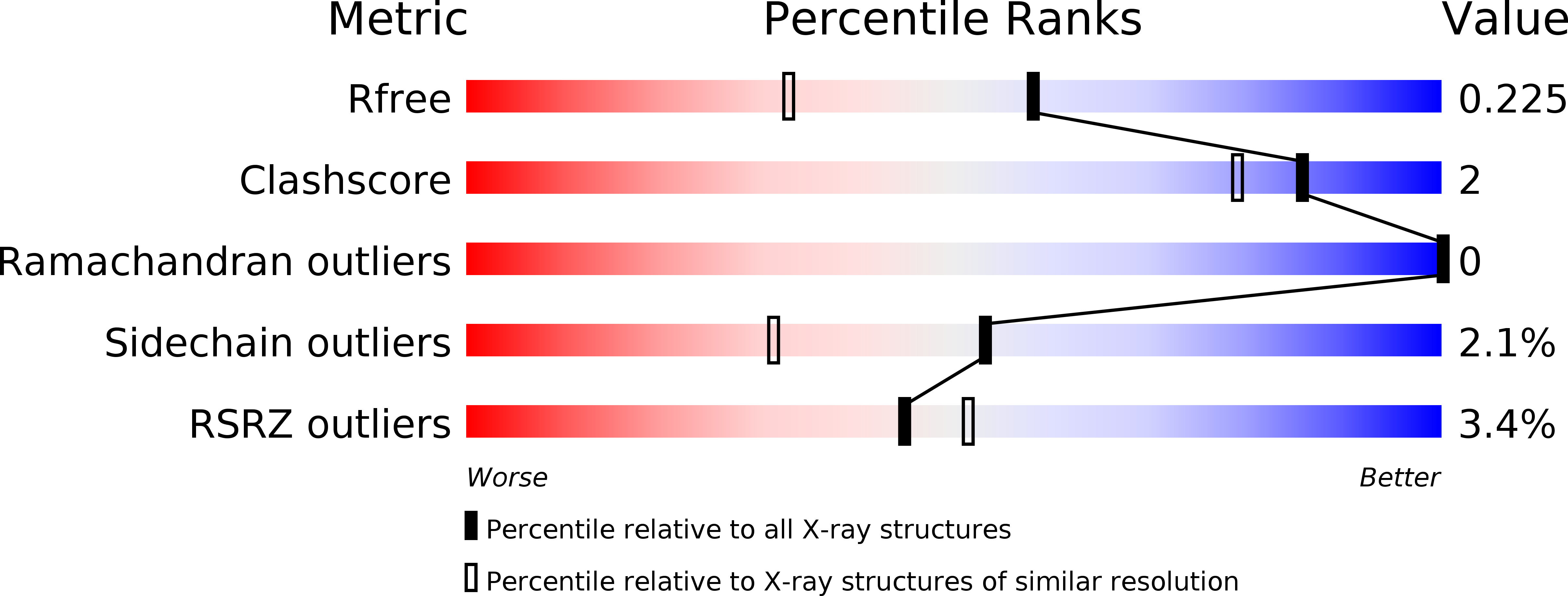
Deposition Date
2015-12-23
Release Date
2016-01-27
Last Version Date
2024-10-30
Entry Detail
PDB ID:
5H89
Keywords:
Title:
Crystal structure of mRojoA mutant - T16V - P63Y - W143G - L163V
Biological Source:
Source Organism:
Discosoma sp. (Taxon ID: 86600)
Host Organism:
Method Details:
Experimental Method:
Resolution:
1.76 Å
R-Value Free:
0.21
R-Value Work:
0.18
R-Value Observed:
0.18
Space Group:
P 1 21 1


